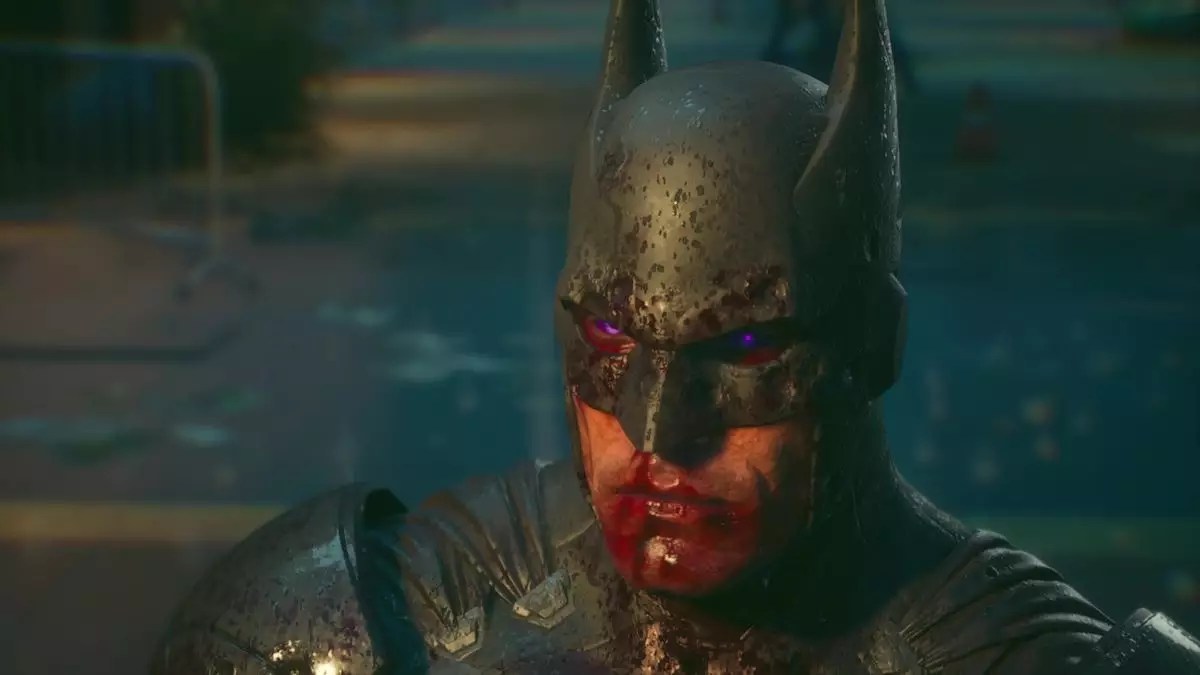The release of “Suicide Squad: Kill the Justice League” marked a highly-anticipated moment for fans of both the DC Universe and video games. However, the game has not only underperformed in terms of critical acclaim but also left many players frustrated with its conclusion. In an industry already saturated with live-service looter-shooters, the expectations were high for a game that promised bold storytelling and character depth. Instead, players were met with repetitive missions, incoherent combat mechanics, and an ending that many felt undermined the entire narrative. Such an experience raises important questions about storytelling, player engagement, and the consequences of corporate-driven gaming strategies.
One of the most compelling aspects of “Suicide Squad: Kill the Justice League” was its promise to deliver a formidable conflict involving one of the most iconic teams in comic book history: the Justice League. Players expected to confront high stakes and morally ambiguous situations. However, the climactic moments that should have resonated deeply fell flat in execution. The revelations in the game’s comic-strip ending, particularly the twist that the Justice League members killed by the Suicide Squad were merely clones, left a lingering sense of betrayal among players invested in the story. Instead of delivering a powerful narrative that examines the complexities of heroism and villainy, the ending rendered the entire premise futile.
The twist of “they were clones all along” is a trope as old as comic book storytelling itself. This cliché strikes a dissonant chord in a community accustomed to significant character deaths and impactful story arcs. While heroic comic book characters often spring back to life, the repeated use of such storytelling devices risks desensitizing players and undermining investment in the narrative. Players are left questioning the integrity of stakes when they are tossed around so cavalierly. The death of Batman, a moment that was advertised as shocking and decisive, loses its weight when rescinded in a brief comic transition. Such narrative choices can cause disillusionment, as fans seek more thoughtful and original storytelling.
The choice to conclude the game through a comic-strip motion instead of a fully realized 3D cutscene is disappointing and indicative of larger systemic issues in the industry. Players expect an epic finish for a game tied to such culturally significant characters and storylines. Given the advancements in video game technology, especially with powerful rendering engines available today, the artistic decision to go with a simpler medium feels like a cop-out. It raises concerns about resource allocation and development priorities in the gaming industry, suggesting a disconnect between the creative vision and corporate strategy.
It’s hard to ignore the dwindling number of players as time goes on. Initial enthusiasm following the game’s release quickly faded, revealing a stark reality for the developers: player retention is crucial in a world where multiplayer experiences dominate the market. The sharp drop from a peak of over 13,000 players to a mere fraction shows that many have abandoned the game altogether—not merely due to gameplay flaws but as a response to the dissatisfaction with how the story unfolded. Maintaining community engagement in games heavily reliant on cooperative dynamics demands a robust and satisfying narrative that resonates with players.
The experience of “Suicide Squad: Kill the Justice League” serves as a cautionary tale for video game developers. A strong narrative and player connection are essential for creating a memorable gaming experience that lingers in the hearts and minds of its audience. As gaming continues to evolve, it is vital that developers strike a balance between innovative gameplay and profound storytelling. Without this balance, games risk becoming forgettable experiences rather than lasting cultural milestones. The road ahead should be paved with lessons gleaned from the mistakes of this title, emphasizing authenticity, creativity, and genuine engagement with the player base—a trifecta that can lead to groundbreaking experiences in the gaming landscape.


Leave a Reply